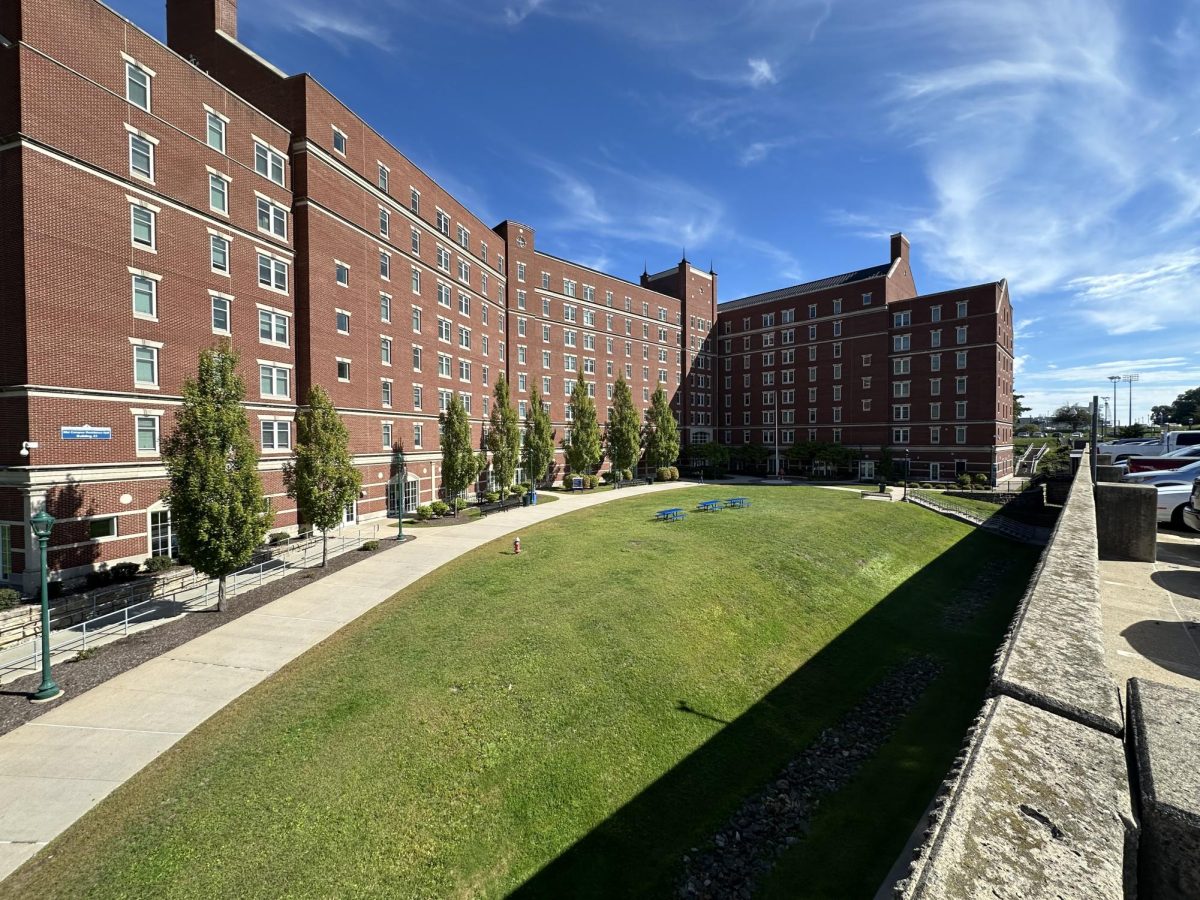The Board of Regents finance and infrastructure committee approved an increase in tuition and fees for the fiscal year 2025 in a meeting on Dec. 6.
After its approval, it will be voted on by the full board on Dec. 14.
Tuition continues to increase for Connecticut State Community Colleges and Universities as the BOR finance and infrastructure committee votes to approve a 5% tuition and fee increase from 2024 to 2025.
This approval is on top of the 3% increase students faced in the current academic year.
Students can expect tuition to be $612 per year for universities and $246 per year for state community colleges for the academic year 2024 and 2025.
The causes presented relate to enrollment decline since the pandemic, a growth in fringe costs, state appropriations, and the funds provided during the pandemic running out.
The state’s budget spending cap on Connecticut’s public colleges and universities has required colleges to look to other resources to make up for the shortcomings in revenues for the past fiscal years. The Board of Regents is preparing for a deficit of $140 million in the coming fiscal year 2025 and proposed a mitigation plan to recover $20 million.
“I voted no before, I’ll continue that trend,” Mayor Erin Stewart said during the BOR finance and infrastructure committee meeting.
“I don’t think that it’s fair to continuously place the burden on the backs of our students,” Stewart said.
The increase in tuition for low-income students in Stewart’s community could negatively impact their ability to attend school and maintain their commitment to the institution, she said during the meeting.
Lloyd Blanchard, interim Vice President for Administration and Chief financial officer, said that the effects on college students are based on the assistance they collect.
“Any increase in tuition and fees certainly would create an additional burden, but that additional burden wouldn’t be borne in full because of the aid provided,” Blanchard said.
4.3% of Connecticut State Colleges and University students receive federal aid, 23% receive State aid, 56% receive institutional aid, and 16% receive private scholarships, according to Blanchard’s presentation.
“We only have two sources of revenue,” Blanchard said. “State appropriations and fees, and tuition that we charge to students when the state reduces their support. We have little of the choice.”
The vote was three for the tuition increase to one against the tuition increase.
The approval was set and Richard Balducci, finance and infrastructure committee chairman adjourned the meeting.



